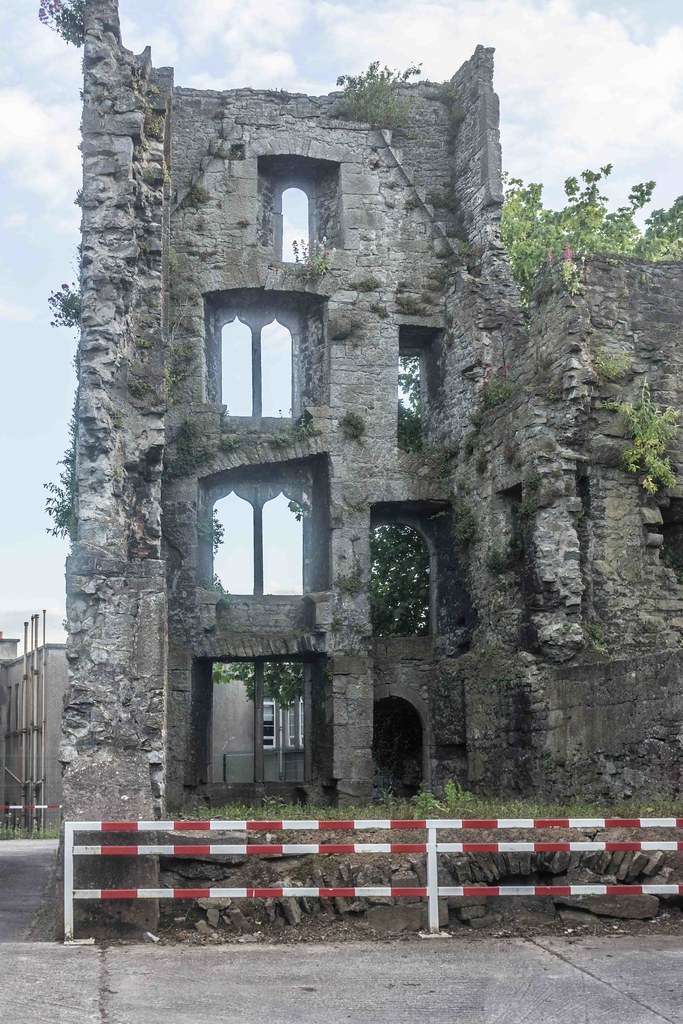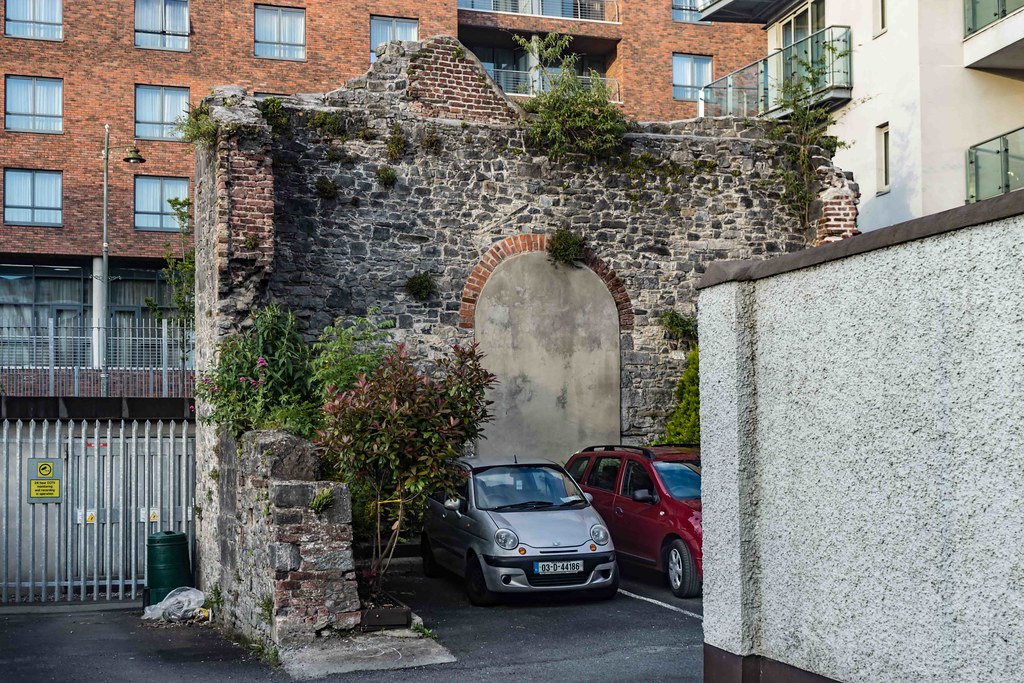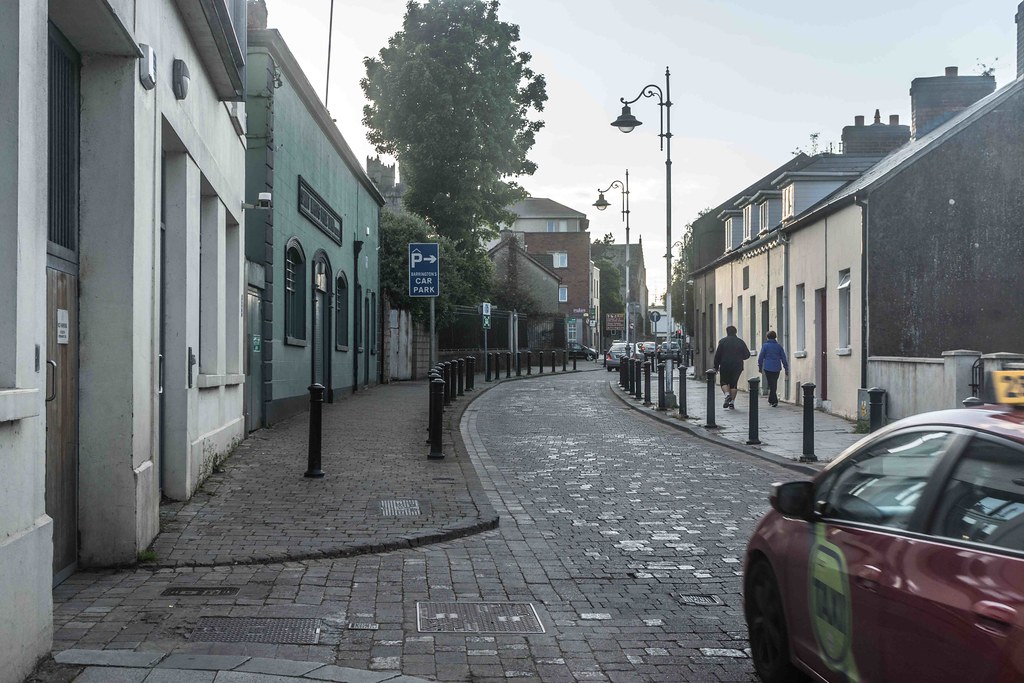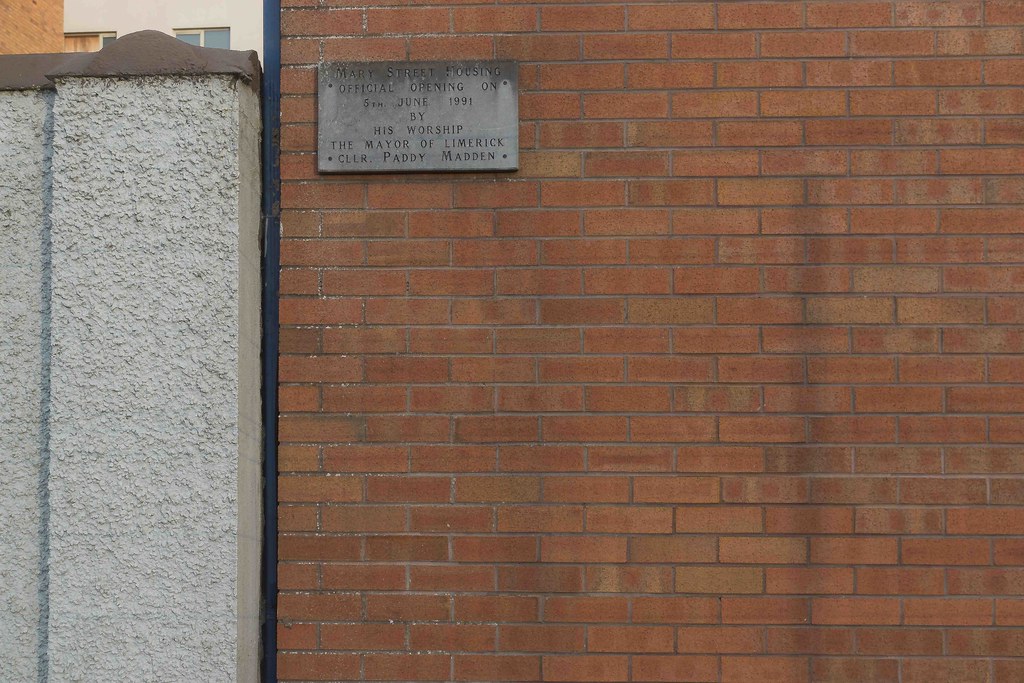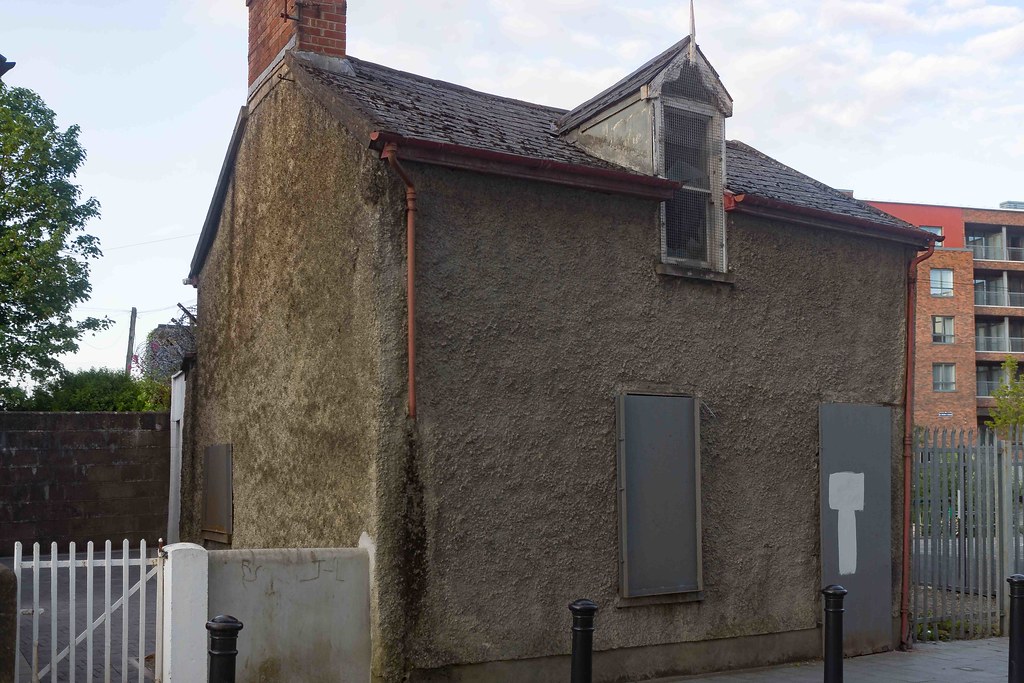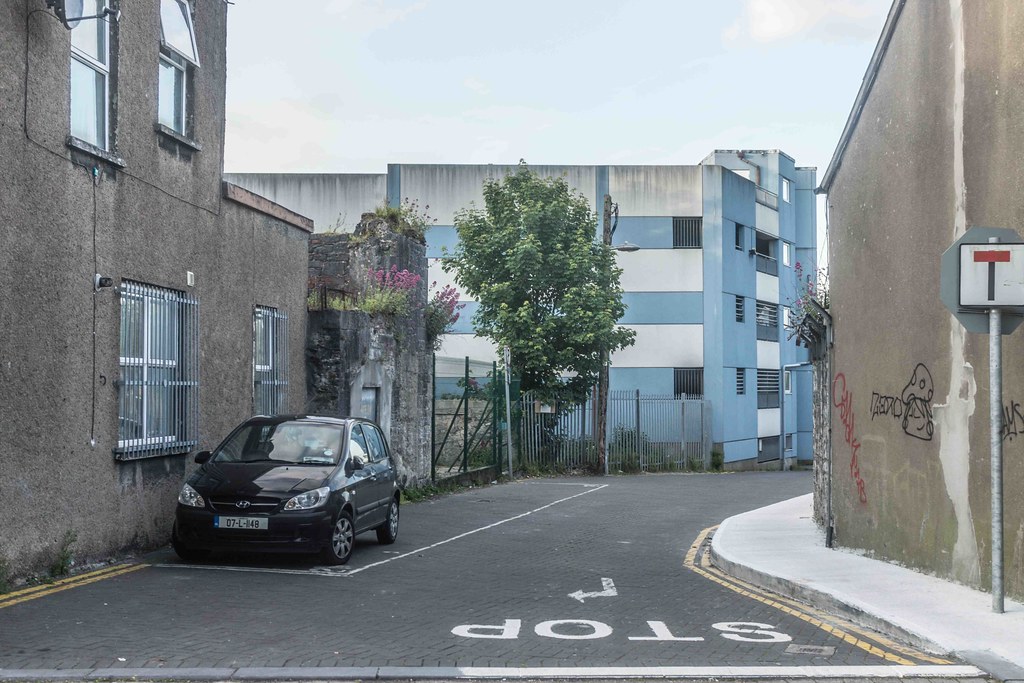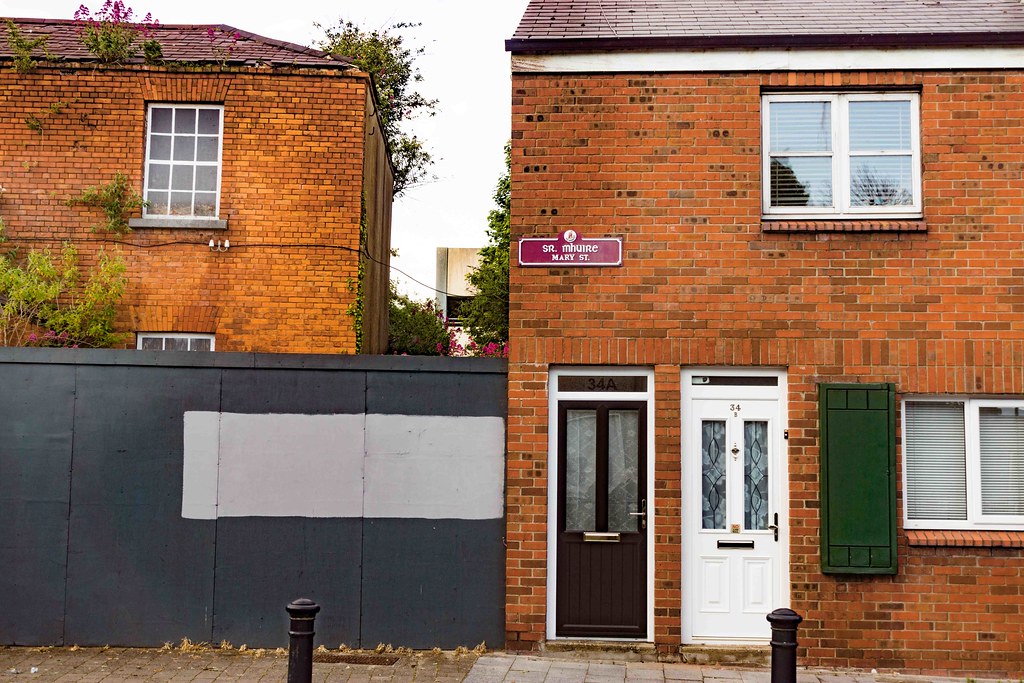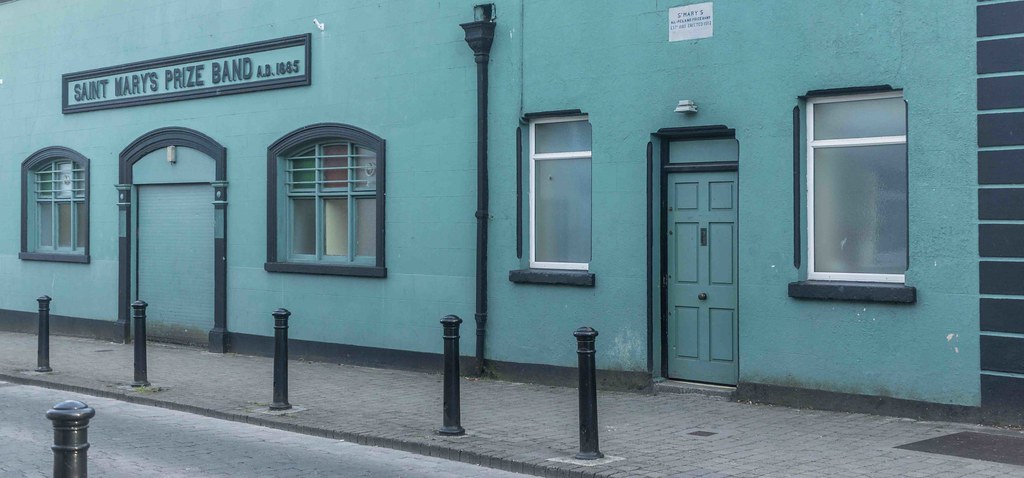MARY STREET IN LIMERICK
SORRY FOR THE DELAY
Fanning's Castle is located on a small site on Mary Street, Limerick City. It's situated near other medieval landmarks in the city such as The Tholsel and King John's Castle.
Dominick Fanning, who was the mayor of Limerick at the time, built Fanning's castle in approximately 1641 to be his own personal residence.
Though its official name is Fanning’s Castle, it’s not actually a castle, but a medieval fortified tower or tower house. The building was the primary residence for majors and bailiffs from the mid 15th century up until Cromwell's victory, when English protestant families took over.
Dominick Fanning led the resistance against Cromwell. However, when he was caught, he had to give up his residence at Fanning’s Castle. He was executed by Cromwellian forces in 1651.
The tower was originally five stories tall. Due to urban development in the surrounding area, the first story is now nearly at ground floor height, with just four feet of the original lowest floor remaining above ground surface. Few aesthetic flourishes are visible within the ruined building today, consisting of two walls of square limestone blocks. On the first story, the most complete wall has a flat-headed window, divided by a mullion. The second and third stories have ogee windows, and the fourth story has one round-headed window. The tower would have had a view of the Abbey river.
Today, the castle is one of many tourist attractions of the city due to it's historical importance to the locality. Tourists can enjoy the architectural significance of the building as its still standing 400 years after construction along with its interesting historical past during the Cromwellian conquest of Ireland which attracts tourist and academics to the castle.
Dominick Fanning, who was the mayor of Limerick at the time, built Fanning's castle in approximately 1641 to be his own personal residence.
Though its official name is Fanning’s Castle, it’s not actually a castle, but a medieval fortified tower or tower house. The building was the primary residence for majors and bailiffs from the mid 15th century up until Cromwell's victory, when English protestant families took over.
Dominick Fanning led the resistance against Cromwell. However, when he was caught, he had to give up his residence at Fanning’s Castle. He was executed by Cromwellian forces in 1651.
The tower was originally five stories tall. Due to urban development in the surrounding area, the first story is now nearly at ground floor height, with just four feet of the original lowest floor remaining above ground surface. Few aesthetic flourishes are visible within the ruined building today, consisting of two walls of square limestone blocks. On the first story, the most complete wall has a flat-headed window, divided by a mullion. The second and third stories have ogee windows, and the fourth story has one round-headed window. The tower would have had a view of the Abbey river.
Today, the castle is one of many tourist attractions of the city due to it's historical importance to the locality. Tourists can enjoy the architectural significance of the building as its still standing 400 years after construction along with its interesting historical past during the Cromwellian conquest of Ireland which attracts tourist and academics to the castle.
